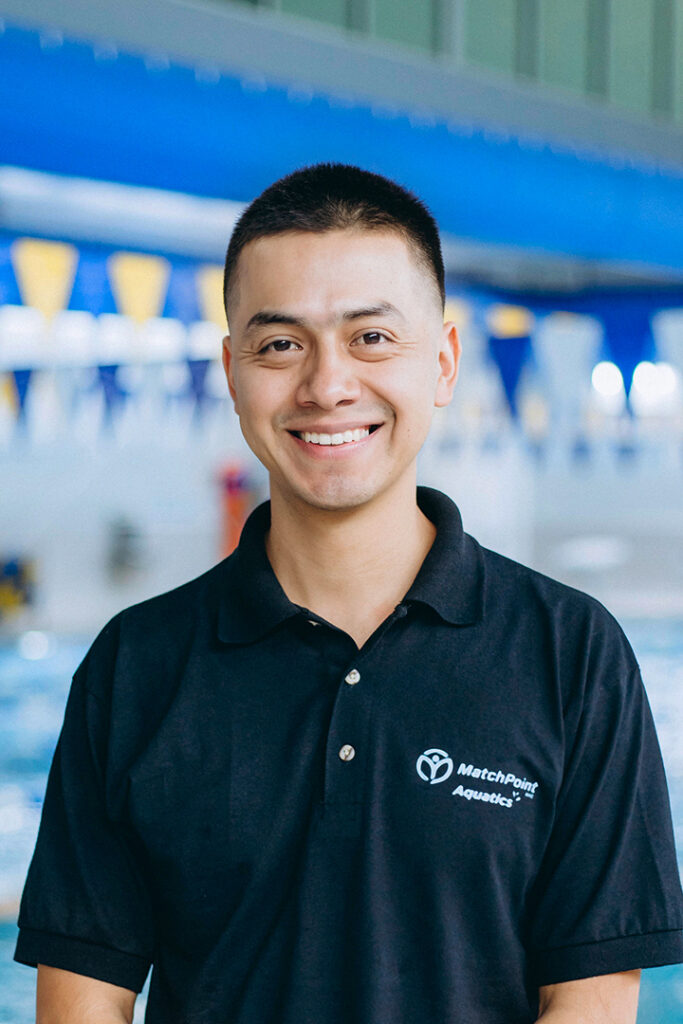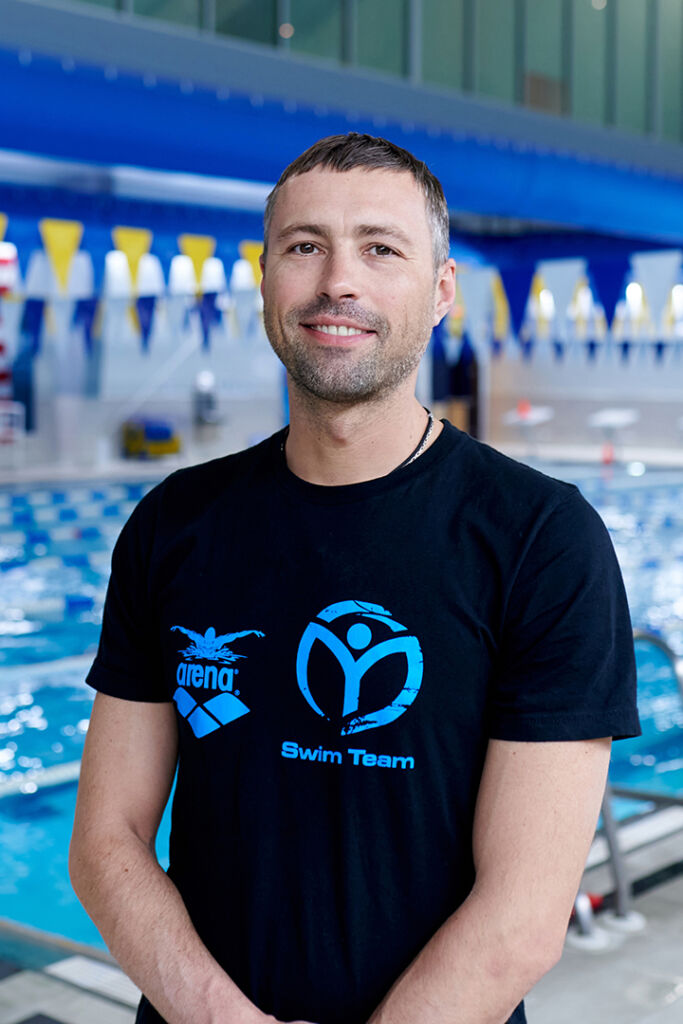Prerequisites
Although there are no skill prerequisites for this course, children must be at least 6 months old to participate in the course and a parent must accompany each child in the water and participate in the classes. (Guardians, child care providers, other adult relatives and older siblings may participate with the child in the Parent and Child Aquatics courses. However, for simplicity and consistency, the term “parent” is used here.)
Course description
The foundation of the Parent and Child Aquatics is a set of basic skills that help prepare infants and young children to become comfortable in the water so they are willing and ready to learn to swim. In addition to orienting young children to the water, Parent and Child Aquatics provides parents with information and techniques to create safer aquatic experiences for their children.
Skills to Be Taught to Children In Parent and Child Aquatics
Children learn basic skills, including adjusting to the water environment; showing comfort maintaining a front or back position in the water (assisted or unassisted); and demonstrating breath control (i.e., blowing bubbles or voluntarily fully submerging underwater). At this point, specific performance criteria are not important. However, what is important in Parent and Child Aquatics is that children become comfortable in the water and acquire a foundation for learning how to swim.
Skills to Be Taught to Parents
■ How to properly supervise children and maintain safe behavior in and around the water
■ How to enter and exit the water, with strict enforcement of the rule that a child must get adult permission before entering any body of water
■ How and when to use holding and support techniques
■ How to determine the child’s readiness to try basic skills
■ Proper submersion techniques (supported and unsupported)
■ How to use cues, and the importance of consistency in delivering cues
■ How to help the child learn and practice skills appropriate for the child’s age, current developmental level and ability
■ How to play and the importance of playing as a way to learn
Meet our Coaches:

Cesar Reyes Lopez
Advanced Level Swimming Instructor
MatchPoint NYC Aquatics Member Since 2021
Water Safety Instructor
Triathlon participation in racing series across Switzerland, France, Canada, and Mexico;
Focus on strengthening foundational skills and enhancing competitive technique
“Fostering an inclusive and empowering environment, where patience, compassion, and personalized instruction propel swimmers towards confidence, progress, and a lifelong love for swimming.”

Oleksandr Koval
MatchPoint NYC Swimming Instructor
MatchPoint NYC Aquatics Member Since 2023
Master of Sport of Ukraine, Water Safety Instructor, ASCA Level 2
Coaching and teaching experience of 20 years
Specializes in competitive swimming, baby swim, and swimming for beginners.